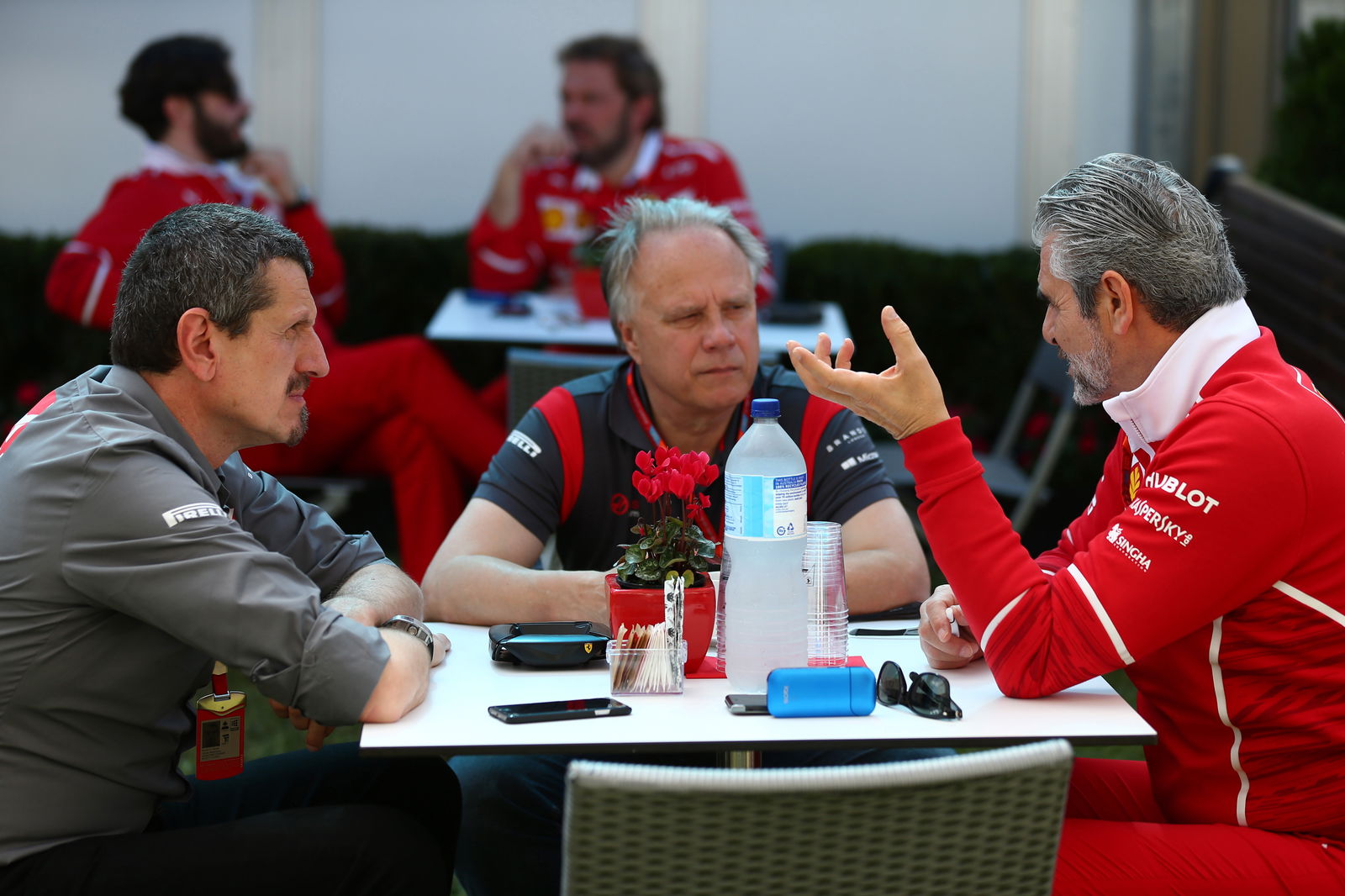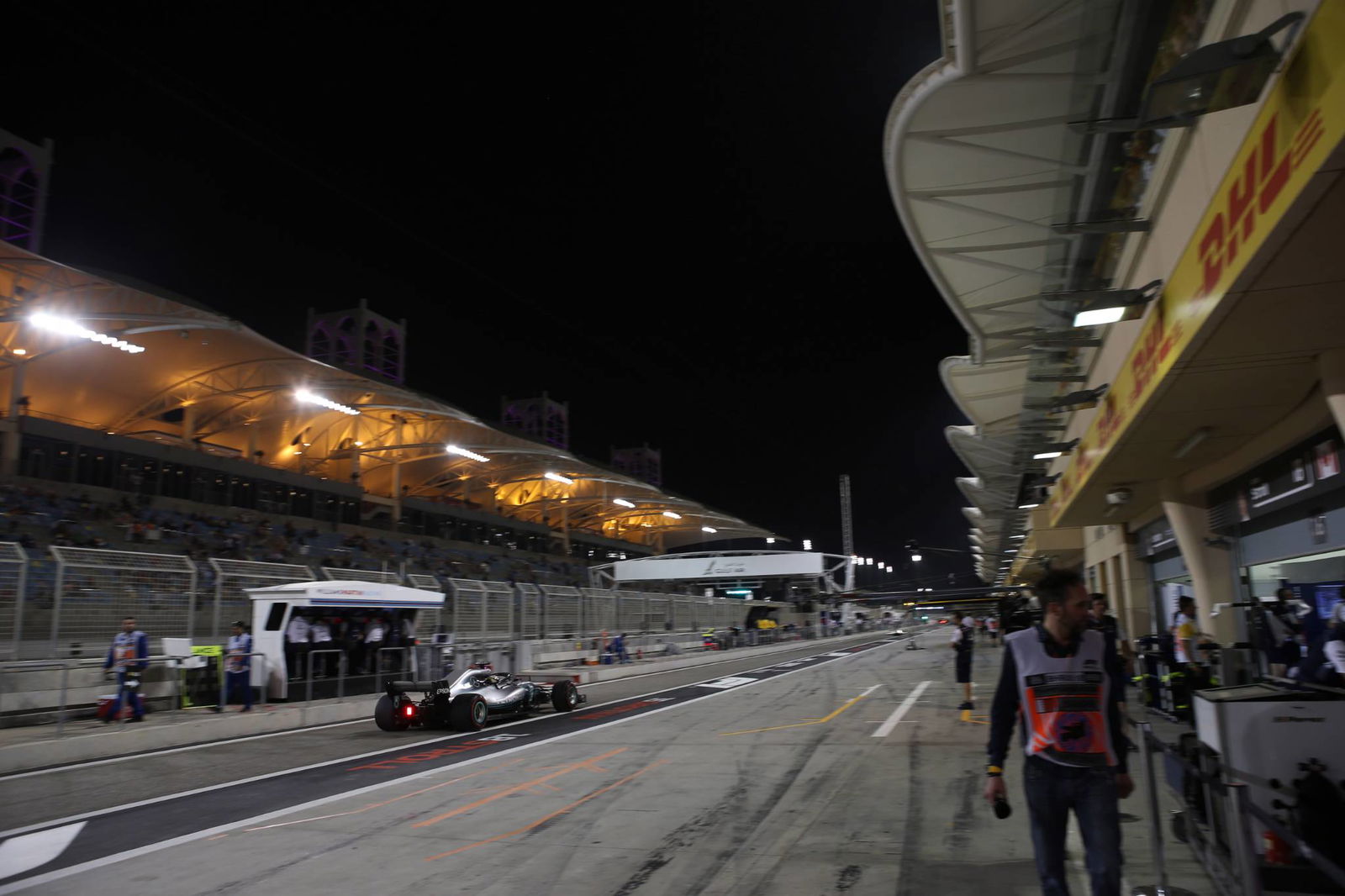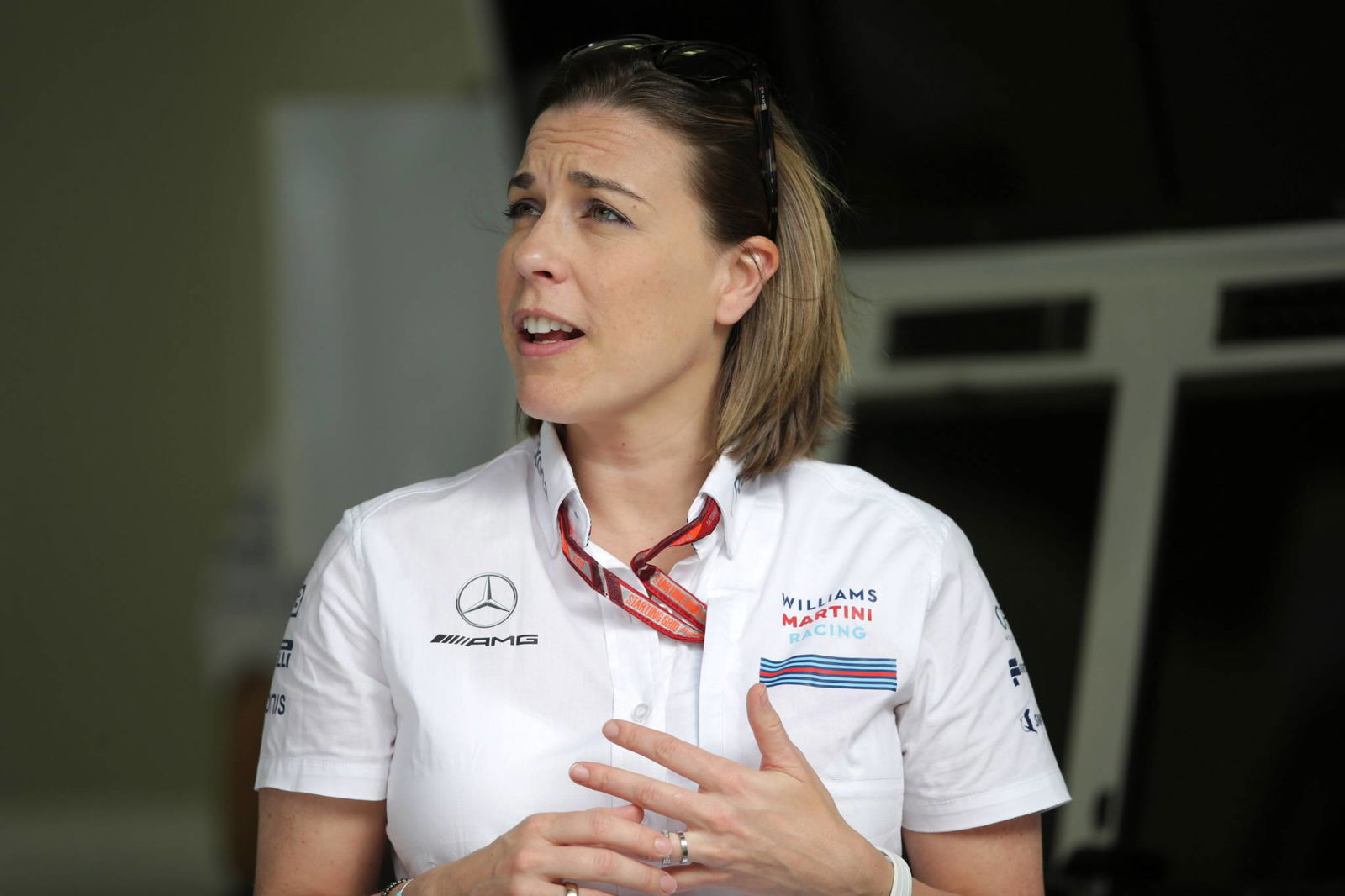Technical: Is Haas just a copycat of Ferrari?
Of all the teams to cause a Formula 1 controversy, who would have thought it would be Haas? That’s because their technical relationship with Ferrari was always going to come into question should their performance levels increase as has been clear at the start of the 2018 campaign.

Of all the teams to cause a Formula 1 controversy, who would have thought it would be Haas? That’s because their technical relationship with Ferrari was always going to come into question should their performance levels increase as has been clear at the start of the 2018 campaign.
It is more the manner in which they have escalated themselves to the front of the midfield battle that has created a bit of a stir. We all want to see new teams enter the sport and flourish, but the expression ‘standing on your own two feet’ is perhaps one met with some disagreement when describing the team’s current situation.
Having entered the sport in 2016, to finish eighth in the F1 World Constructors’ championship for the second time in succession last year was a remarkable achievement considering that they ceased development on the car very early on in the season. A few respectable points finishes here and there showed the motorsport world that Haas’s approach to the volatile world of F1 was a good one, perhaps going as far as encouraging others to follow.
Upon the launch of their 2018 challenger, the VF-18, the team drew a lot of criticism from fans and – after qualifying P6 and P7 in Melbourne – from senior personnel from rival teams. Why? Because on the whole the car is basically a copy of last year’s championship-contending Ferrari SF70H.
Before we delve into why this has caused such a commotion, a bit of background information is needed.
What was the Haas game plan coming into F1?
Gene Haas is the owner of a CNC machine company who sees motorsport as the perfect billboard to advertise his products. Haas is involved in other motorsport categories but was provided with the incentive to enter F1 when teams could buy specific parts from manufacture outfits.
Their F1 faction operates under two roofs (one in the US and one in Britain) where a large proportion of the car’s design and some component manufacturing is done. Haas teamed up with Dallara to produce the expensive composite items such as the chassis and aerodynamic surfaces, and buy in a lot of ‘non-listed’ parts from Ferrari, such as the power unit, gearbox, electronics and braking system. Listed parts refers to a section in the regulations consisting of parts that the teams must hold the intellectual property rights for. Haas also use Ferrari’s windtunnel to accompany their aero department who use CFD.
It is also worth mentioning that in 2015, just before Haas entered, the FIA made a list of restrictions for teams that wanted to partner up for non-listed parts purchasing and resource sharing, particularly around aerodynamic development.
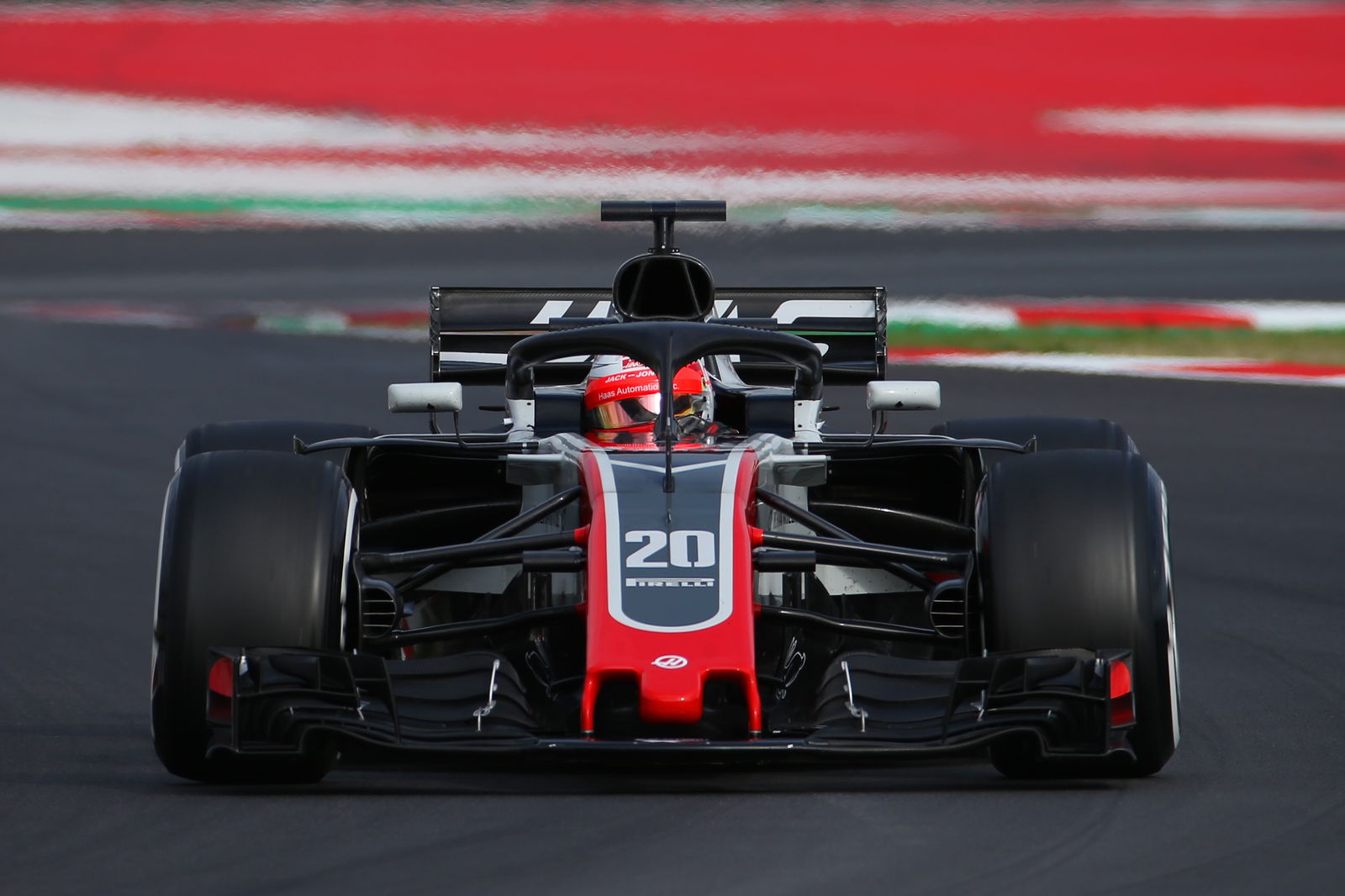
Haas VF-18
I think it is only natural for a team like Haas to migrate their design philosophy towards Ferrari’s given their relationship – we saw this over the beginning of last season and now in 2018 the car has transformed completely.
There are a few reasons why this is a good development strategy. For starters, Haas know that Ferrari’s wind tunnel figures correlate well with data taken on track using surfaces developed by the Scuderia; it is safe to copy their ideas, ideas which make Ferrari a top team due to the way aerodynamics dominate overall performance. Replication must also make it easier to accommodate the non-list components with the rest of the car – there is no point in coming up with an extravagant sidepod design when, say, the power unit and its ancillaries have been designed to fit under specifically shaped bodywork.
But it is the extent of Haas’s design migration that is particularly baffling. There are plenty of images online that show the VF-18 and the SF70H side by side, and they are incredibly similar: the nose and front wing, bargeboards, sidepods and diffuser. Only a few areas of the car differ significantly, namely the intricate slotted baffles that drape the shoulders of the car.
Theoretically it makes a lot of sense. If you want to perform better, why not do what a successful competitor has done? Have we all missed a trick here? Why hasn’t anyone else done this before? Because there are arguably so many more reasons why this is a very difficult development strategy, which is why suspicions are being raised.
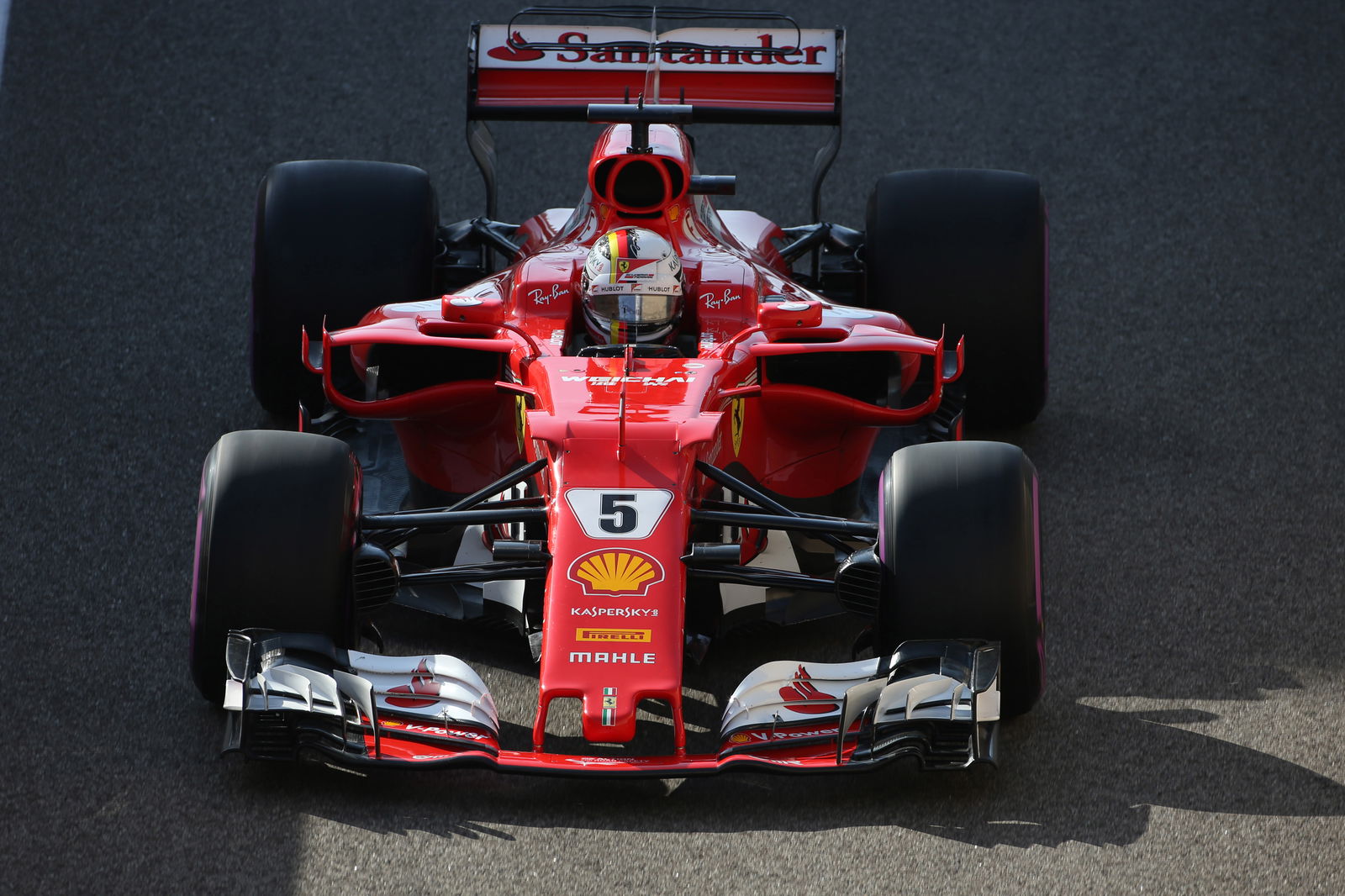
Ferrari SF70H
Although teams try their best to hide their car from prying eyes, circuit photographers, journalists and even rival team members point their cameras at an area of interest and snap away.
Surface geometries can therefore quite easily be replicated, but not to the point where a neatly copied bargeboard performs perfectly on its first run in CFD. There are tens, if not hundreds, of surfaces on an F1 car that are composed of an aerofoil of some sort, their camber, chord length and profile varying at a millimetric scale in some instances. These surfaces are composed of numerous sheets of carbon fibre, layered in specific way to achieve the desired flexion upon loading. Their surface finish has also been carefully considered to reduce undesirable effects such as boundary layer build-up.
All these nuances, engrained within every team’s aerodynamic parts, are there as a result of years of development – only staff movement can transfer this kind of information in any real depth.
Are Haas falling foul of F1 rules?
OK, Haas might have inherited some ex-Ferrari men when they struck their technical agreement. But it isn’t just about copying the aerodynamic surfaces of the car. Such is the complexity of F1 these days that replicating a component on someone else’s car won’t necessarily yield a performance gain.
It is very rare, for example, for a team to copy a front wing, which sets up the airflow over the rest of the car. There is often little merit in ripping off even smaller items without considering the whole package, for the mechanical setup of the car has such a massive influence on the aerodynamic platform.
A classic example of this is rake angle, which has been discussed in great depth over recent years since Red Bull made it more prominent during their dominance. All the surfaces on the Red Bull are designed to work in correspondence with the ground clearance of the car from front to rear, so why would a team with low rake angle, such as Mercedes, want to put similar looking surfaces on their car? They wouldn’t, unless it is in a less sensitive area.
The complications go even deeper than this. Since 2008 the FIA have been relentlessly reining in the clever passive suspension systems that teams use to control the car’s roll, pitch and yaw. These systems, often unique to each team, are designed to keep the car as stable as possible for best aerodynamic performance. So to copy another team’s aerodynamic ideas requires a good understanding of how they work over a wide operating window (ride heights, steering angles etc.).
To summarise, copying the opposition is a hugely difficult task, particularly in the holistic manner in which Haas have done.
Deciphering how another solution works and then implementing your own version requires a good deal of expertise and resource, things that Haas arguably don’t have in abundance given their size and budget. Suggestions of whether any foul play has occurred may rumble on throughout the year, but we should certainly keep tabs on their development to gauge the depth of their strategy.
